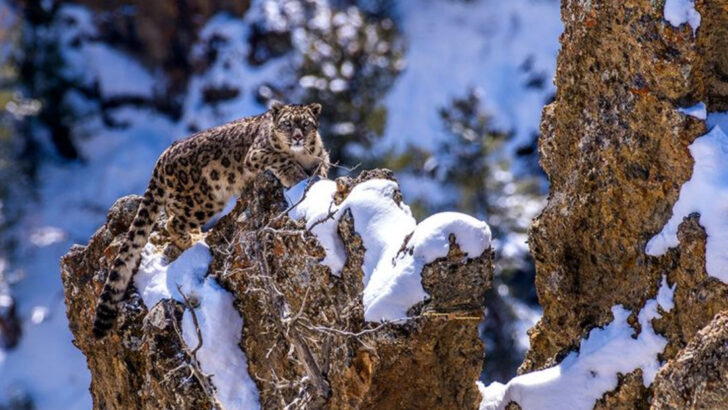Some places on Earth don’t just have wildlife—they have kill-you-in-your-sleep wildlife.
We’re talking venom, claws, teeth, and stealth. Creatures that don’t care about your travel insurance or that cute safari hat you packed. In these countries, the jungle bites back, the deserts hiss, and the oceans hide monsters with charm and fangs.
From snake-infested rainforests to beaches where the water itself might be trying to murder you, danger wears fur, scales, and stingers—and it’s absolutely everywhere.
If you think you’ve seen wild, you haven’t seen this wild. These are the 22 countries where nature plays rough… and wins.
Australia
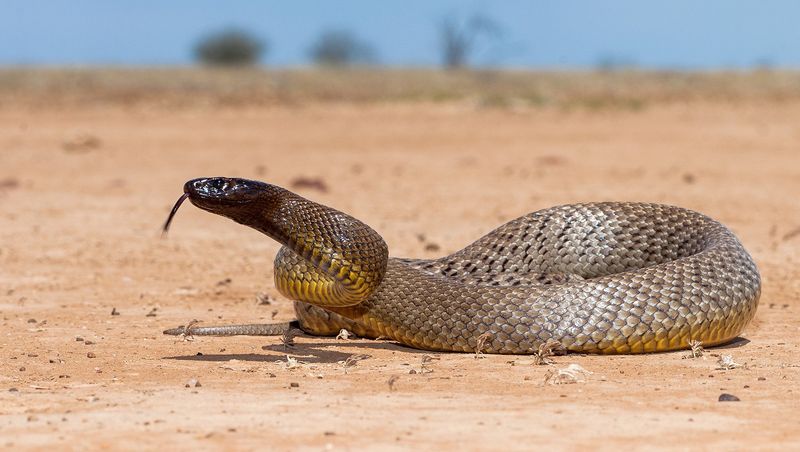
In the sunburnt land of Australia, venom thrives. The inland taipan, known as the ‘fierce snake,’ holds the title for the most venomous snake on the planet. A single bite contains enough venom to kill 100 adults. Despite this, the taipan is reclusive and rarely encountered by humans.
Australia’s coastal waters are home to the box jellyfish, a nearly invisible threat lurking beneath the waves. With venomous tentacles, this creature poses a serious risk to swimmers.
The continent’s vast landscapes are a tapestry of peril and beauty, making it a captivating and dangerous destination.
Brazil

Deep within Brazil’s Amazon rainforest, the jaguar reigns supreme. Known for its powerful jaws and stealthy approach, this predator can take down prey much larger than itself. Jaguars are elusive, often seen as the ghosts of the forest.
Brazil also boasts a host of venomous creatures, such as the Brazilian wandering spider, whose bite can be deadly to humans.
The rivers teem with piranhas, and the skies are patrolled by the highly territorial harpy eagle. Brazil’s rich biodiversity is matched only by its potential dangers, weaving a thrilling narrative of survival.
India

In the heart of India, the Bengal tiger prowls with silent authority. These majestic cats are the largest of their kind, known for their striking orange and black stripes. They are solitary hunters and can be elusive, often avoiding human contact.
India’s waterways are home to the fearsome mugger crocodile, an ambush predator lurking just beneath the surface.
The subcontinent also hosts a variety of venomous snakes, including the king cobra, whose hooded gaze sends a chill down one’s spine. Each creature plays a role in India’s vibrant and intricate ecosystem.
South Africa

South Africa’s landscapes are alive with the roar of lions. The Kruger National Park, a haven for wildlife enthusiasts, is home to the African lion. These social cats are known for their majestic manes and powerful presence.
In the waters off the coast, the great white shark reigns supreme, a formidable predator of the deep.
The country’s bushveld is also home to the black mamba, a highly venomous snake known for its speed and aggression. South Africa’s wildlife is as diverse as it is dangerous, offering both awe and adrenaline to those who venture there.
Indonesia
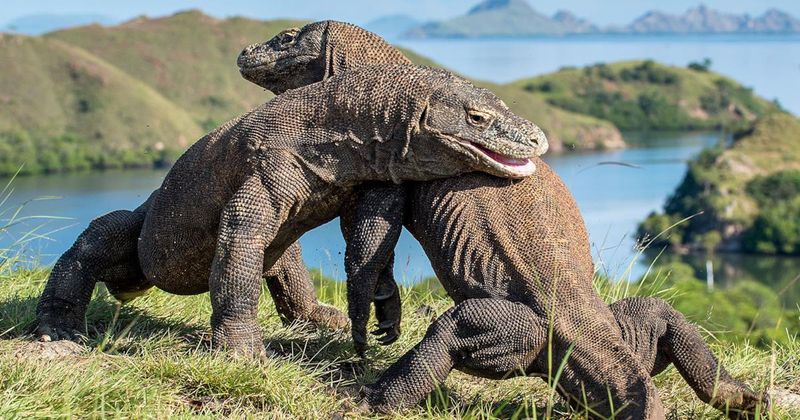
In the Indonesian archipelago, the Komodo dragon rules the rugged terrain. These massive lizards, found on a few islands, are fearsome with their sharp claws and toxic bite. They can take down prey with surprising speed and efficiency.
Indonesia’s lush forests also house the reticulated python, capable of reaching lengths over 20 feet.
In the ocean, the box jellyfish silently glides, posing a threat to unsuspecting swimmers. The country’s wildlife offers both mystery and danger, with each creature contributing to the delicate balance of nature.
Thailand
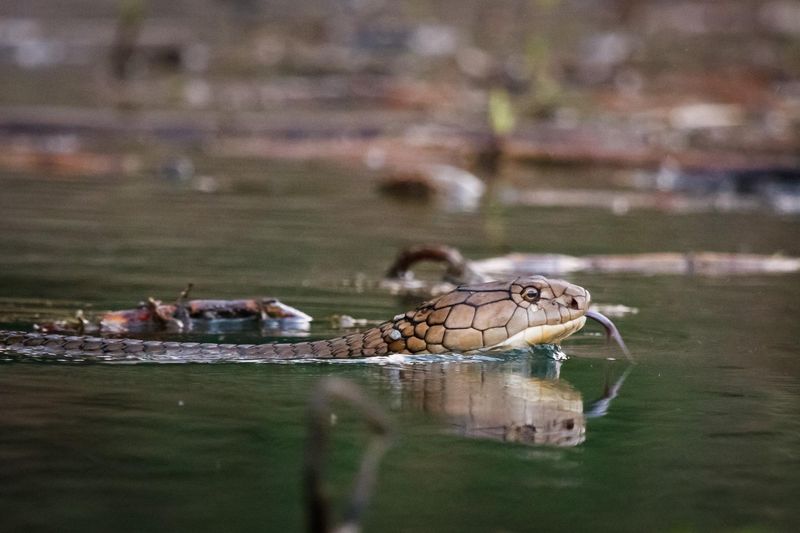
Thailand’s jungles are home to the king cobra, the world’s longest venomous snake. This serpent commands respect with its impressive size and potent venom, often avoiding human contact unless provoked.
The country’s waters are patrolled by the saltwater crocodile, a formidable predator that can move with surprising speed.
Thailand is also rich in beautiful yet dangerous jellyfish species, lurking in the azure waters. The blend of serene landscapes and lurking threats make Thailand a place where beauty and danger coexist, capturing the imagination of adventurers.
Mexico
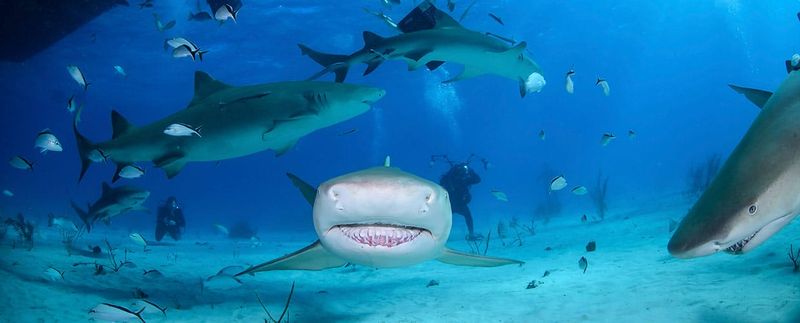
Mexico’s arid landscapes are home to the rattlesnake, a creature known for its distinctive rattle and potent venom. These snakes are often encountered by hikers exploring the country’s vast deserts.
In the oceans, the bull shark patrols the warm waters, known for its aggressive nature and ability to swim in both salt and fresh water.
Mexico also boasts a variety of scorpions, some of which possess venomous stings that can cause severe pain or worse. The country’s diverse environments harbor threats and allure alike, creating a compelling destination for the brave.
United States
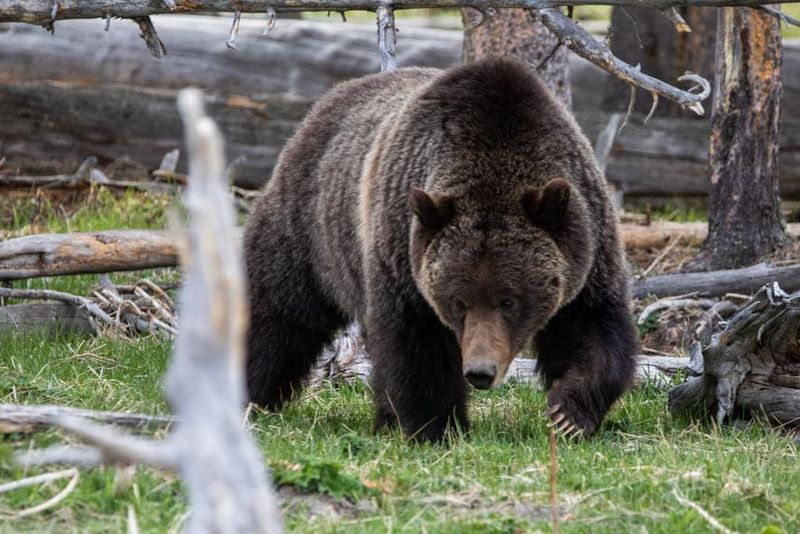
The wild expanses of the United States are home to the formidable grizzly bear. These powerful predators roam the forests and mountains of the northern states, known for their strength and protective nature.
In the swamps of Florida, the American alligator lurks, a relic of prehistoric times with its armored body and fierce jaws.
The deserts are no less dangerous, inhabited by venomous creatures like the Gila monster and various rattlesnakes. The country’s vast and varied landscapes provide a rich tapestry of wildlife, each species contributing to a complex ecological web.
Tanzania

Tanzania’s wide savannahs echo with the trumpets of elephants. These majestic giants are a symbol of the African wilderness, known for their intelligence and social bonds. Yet, their size and strength make them formidable when threatened.
The Serengeti is also home to the cunning cheetah, whose speed is unmatched.
In the waters of Lake Tanganyika, the Nile crocodile waits in ambush for unsuspecting prey. Tanzania’s diverse wildlife is both a natural wonder and a reminder of the raw power of nature, offering an unforgettable experience for those who visit.
Canada
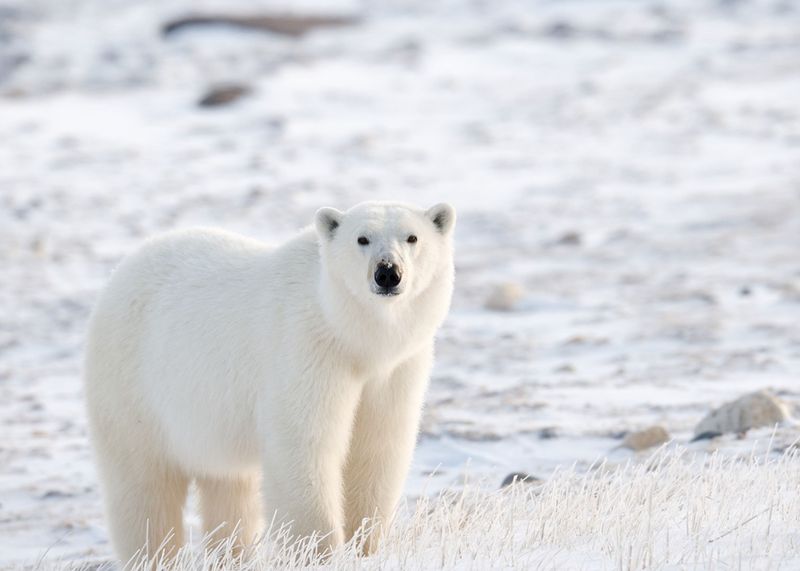
In the icy realms of Canada’s Arctic, the polar bear stands as the top predator. These bears are masters of the frozen landscape, hunting seals and navigating the ice with ease. Despite their seemingly solitary nature, they are powerful and can be aggressive if provoked.
The Canadian wilderness is also home to the elusive cougar, a stealthy predator found in the forests and mountains.
In the waters off the west coast, orcas patrol the seas, showcasing intelligence and teamwork. Canada’s wilderness is both beautiful and unforgiving, a testament to the resilience of its wildlife.
Russia
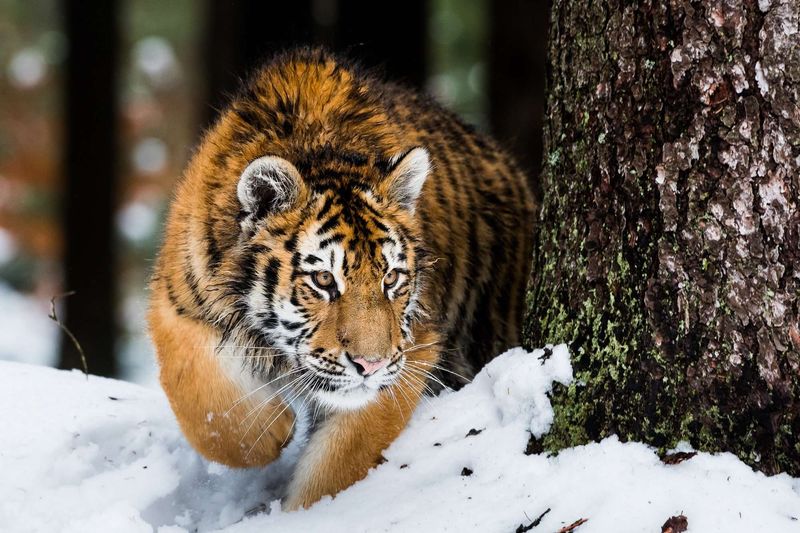
Russia’s vast and frigid landscape is home to the magnificent Siberian tiger. These tigers are the largest felines on earth, known for their strength and solitary nature. Despite their fearsome reputation, they are shy and avoid human contact.
The country is also home to the brown bear, a powerful predator found in the dense forests.
In the icy waters of the north, the deadly box jellyfish can be found during certain seasons. Russia’s wildlife is a blend of might and mystery, offering a glimpse into the resilience and adaptability of life in extreme conditions.
Peru
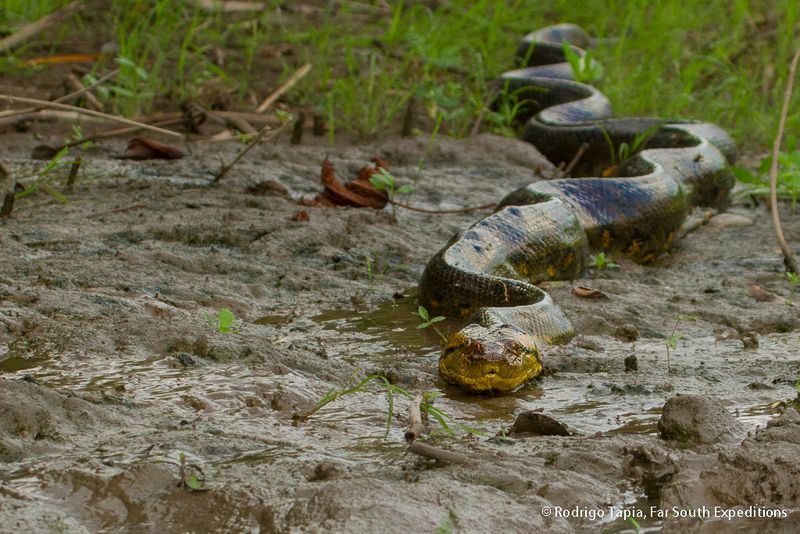
In the steamy jungles of Peru, the giant anaconda lurks. These massive snakes, among the heaviest in the world, can reach lengths of over 20 feet. They are ambush predators, silently waiting for prey to come within striking distance.
The Amazon River teems with life, including the dangerous electric eel, capable of delivering powerful shocks.
The forests also hide the elusive jaguar, a master of stealth and strength. Peru’s rich biodiversity is both enchanting and intimidating, offering a unique window into the natural world and the delicate balance of life in the rainforest.
Philippines
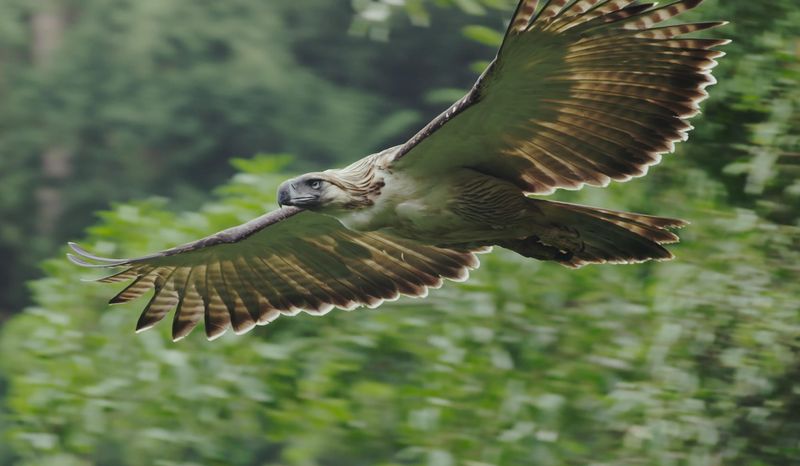
In the verdant forests of the Philippines, the Philippine eagle rules the skies. Known for its impressive size and striking appearance, this raptor is a symbol of strength and agility. With a wingspan that rivals the largest birds, it commands the treetops.
The seas around the islands are home to the venomous blue-ringed octopus, a small but deadly marine creature.
The country’s diverse habitats also support various venomous snakes and spiders, contributing to a complex and fascinating ecosystem. The Philippines is a land of contrasts, where beauty meets danger in unexpected ways.
Sri Lanka
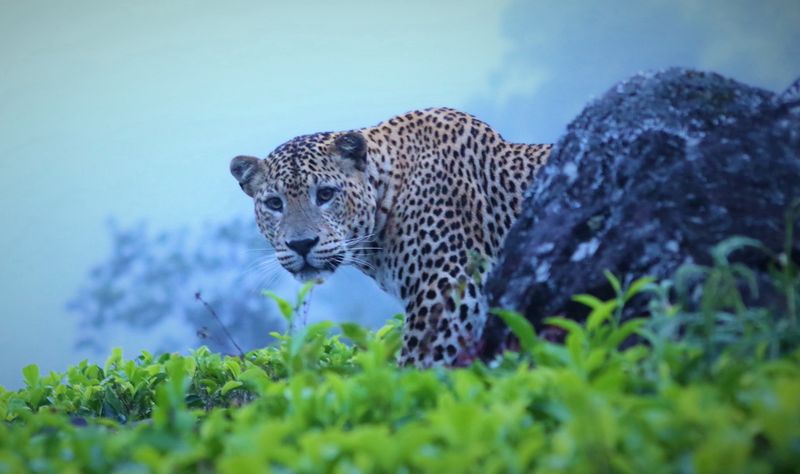
In the dense jungles of Sri Lanka, the elusive leopard finds its home. These solitary hunters are powerful and adaptive, capable of taking down prey much larger than themselves. They are masters of camouflage, often seen lounging in the trees.
The island’s waters are inhabited by the deadly sea snake, whose venom packs a potent punch.
Sri Lanka also boasts a variety of venomous insects and reptiles, each contributing to the rich tapestry of life. The island’s wildlife is a captivating mix of beauty and danger, a testament to the resilience of nature.
Madagascar
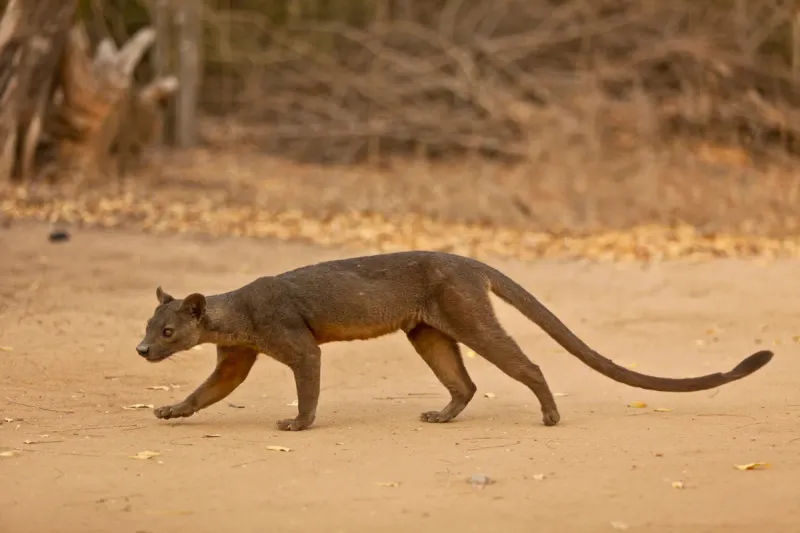
In the unique ecosystem of Madagascar, the fossa is the apex predator. Resembling a small cougar, this agile hunter preys on lemurs and other small animals. Its ability to navigate the dense forest with ease makes it a formidable predator.
The island also hosts a variety of venomous snakes and spiders, each adapted to its niche in the environment.
Madagascar’s biodiversity is renowned, with many species found nowhere else on earth. The island’s wildlife is both a natural marvel and a reminder of the intricate balance of life, offering endless intrigue to those who explore it.
Congo
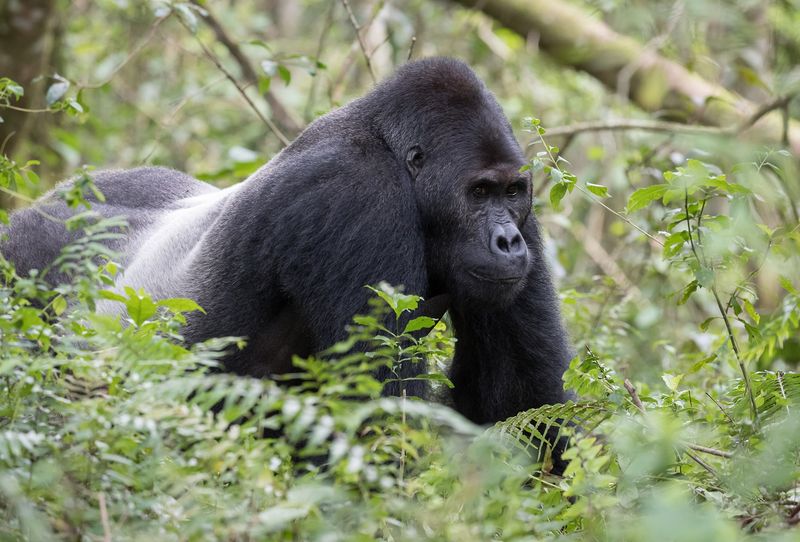
In the heart of the Congo’s rainforests, the mighty silverback gorilla commands respect. These powerful primates are known for their strength and complex social structures. Despite their size, they are gentle giants unless provoked.
The Congo River is home to the ferocious tiger fish, known for its sharp teeth and aggressive nature.
The dense forests also hide the elusive Okapi, a relative of the giraffe. The Congo’s wildlife is a blend of power and mystery, offering a glimpse into a world where the untamed thrives, captivating the imagination of adventurers.
Venezuela
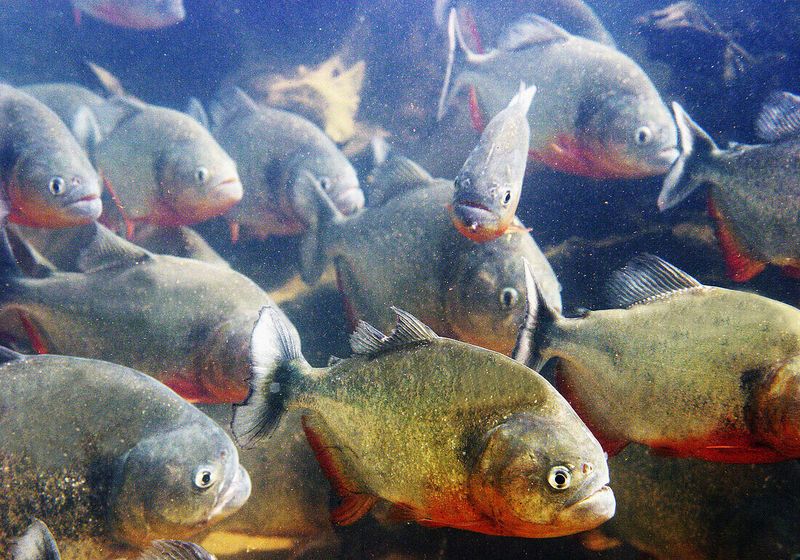
Venezuela’s rivers are notorious for the presence of piranhas. These fish, with their razor-sharp teeth, are often misunderstood as fierce predators. Usually, they feed on plants or injured animals but can be aggressive when provoked.
The remote regions of Venezuela also host the Orinoco crocodile, a critically endangered species known for its large size and powerful bite.
In the skies, the harpy eagle soars, a master predator. Venezuela’s wildlife offers a compelling look into the raw, untamed beauty of nature, where each creature plays a vital role in its habitat.
Colombia
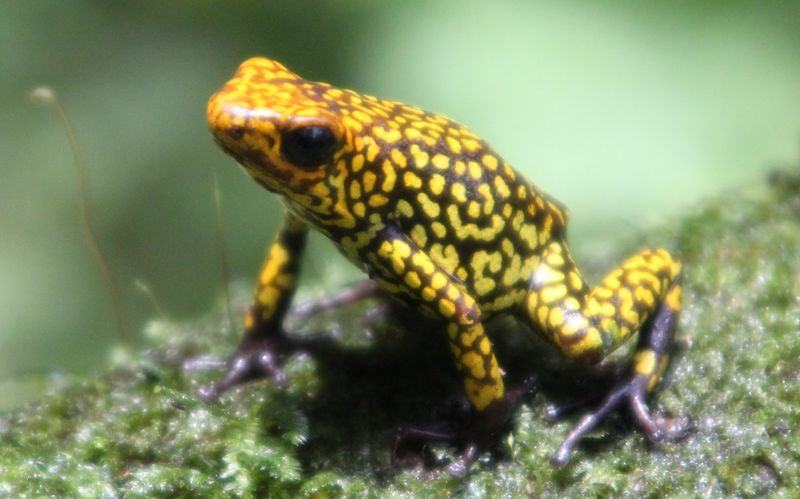
Colombia’s rainforests are home to the striking poison dart frog, renowned for its vibrant colors and potent toxins. These small amphibians pack a powerful punch, deterring predators with their chemical defenses.
In the jungles, the jaguar is the apex predator, stealthy and powerful.
The waters are inhabited by the fearsome caiman, a crocodilian that lurks in the shadows. Colombia’s diverse wildlife is a testament to the intricate connections within ecosystems, offering a fascinating and sometimes perilous view of nature’s complexity.
Kenya
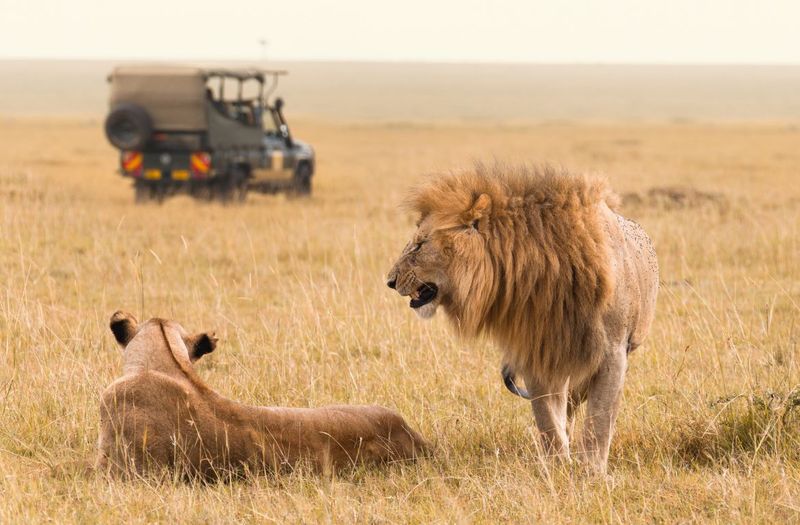
In Kenya’s iconic Maasai Mara, the African elephant roams with authority. These giants are known for their intelligence and strong social bonds, yet they can be dangerous when threatened.
The savannahs also host the cunning lion, a symbol of strength and prowess.
Kenya’s diverse environments are teeming with life, from the elusive leopard to the swift cheetah. The country’s wildlife offers an awe-inspiring glimpse into nature’s grandeur, with each creature playing its part in the circle of life, captivating hearts and minds of those who visit.
Nepal
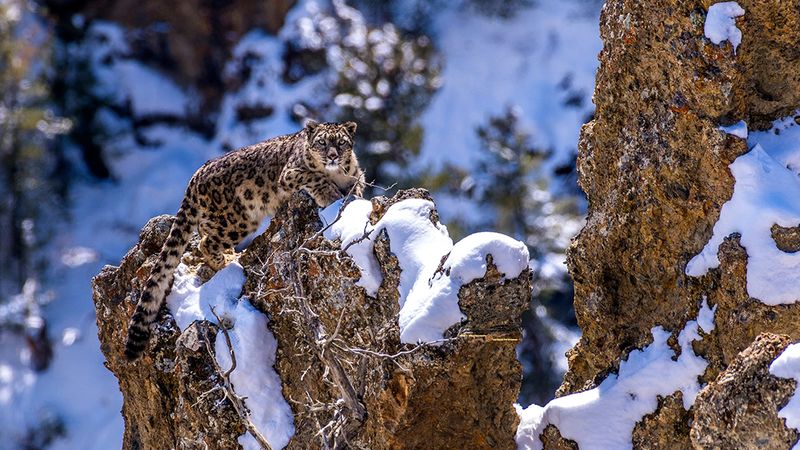
High in the Himalayas of Nepal, the elusive snow leopard prowls. These cats are masters of the mountains, equipped with thick fur and exceptional agility. They are rarely seen, a mysterious presence in a harsh environment.
The country’s forests are home to the Bengal tiger, whose presence adds to the danger and allure of the wild.
Venomous snakes, like the king cobra, also roam these lands. Nepal’s wildlife is a testament to the resilience and adaptability of creatures in extreme climates, offering a glimpse into a world both beautiful and treacherous.
Botswana
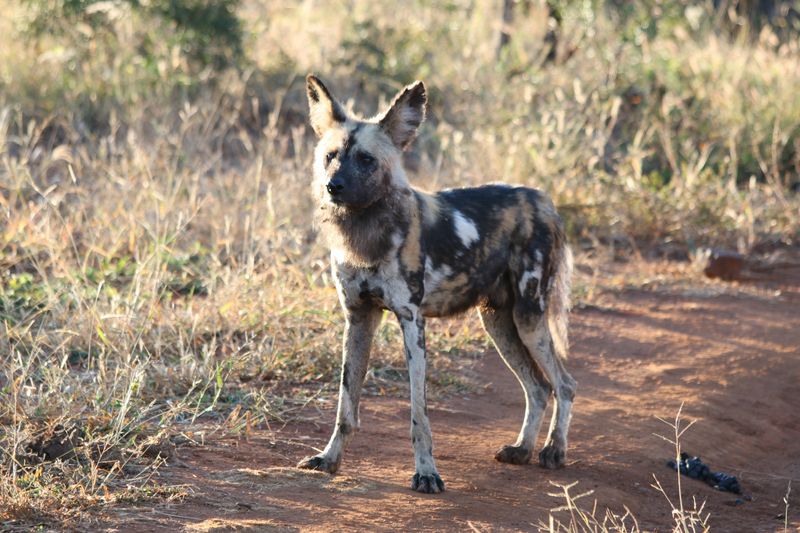
In the rich wetlands of Botswana’s Okavango Delta, the African wild dog thrives. Known for their highly social nature and effective hunting strategies, these dogs are a force to be reckoned with.
The delta is also home to the fearsome Nile crocodile, an ancient predator with unmatched ambush skills.
In the vast savannahs, the towering giraffes and stealthy leopards add to the diverse ecosystem. Botswana’s wildlife is both captivating and dangerous, providing a unique window into the raw and untamed beauty of the African wilderness.
Papua New Guinea
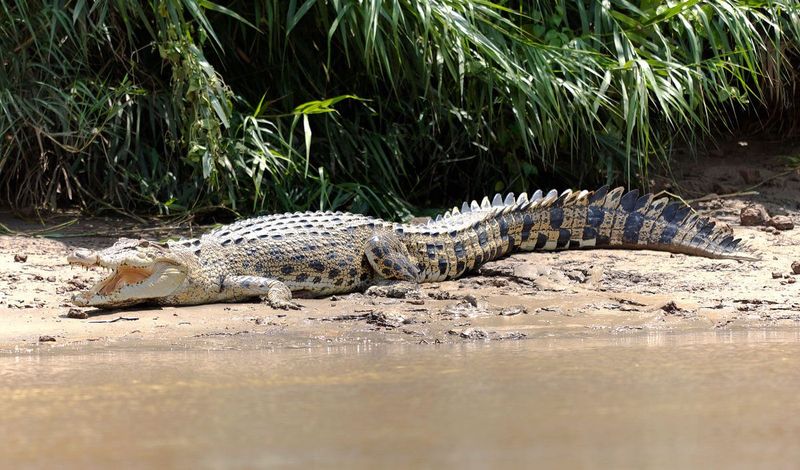
Papua New Guinea, an island nation steeped in mystery, harbors some of the planet’s most formidable creatures. The dense rainforests and expansive river systems are home to the fearsome saltwater crocodile. Capable of growing over 20 feet long, these ancient predators dominate the waterways.
Venture deeper into the jungle, and you’re likely to encounter the beautiful yet deadly birdwing butterflies, whose vibrant colors belie their potential danger. The jungles also host the venomous Papuan taipan, a snake whose bite can be lethal.
Did you know? These ecosystems remain some of the most biodiverse and unexplored areas on Earth.

